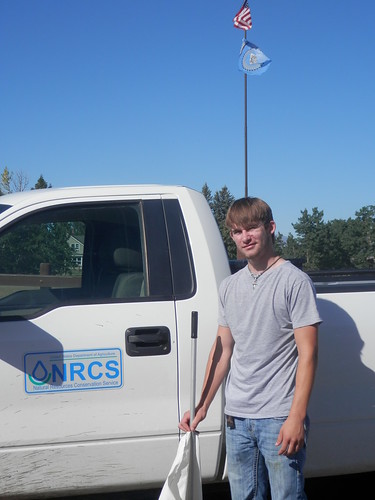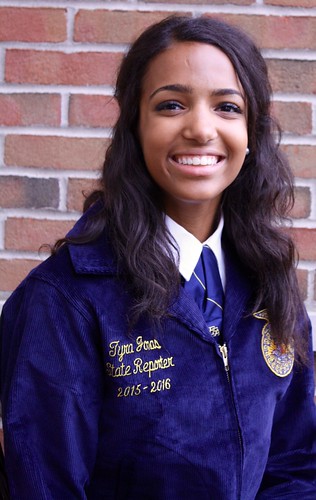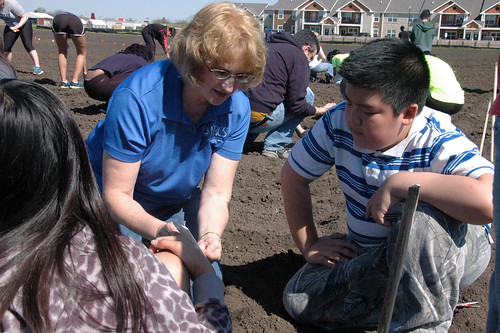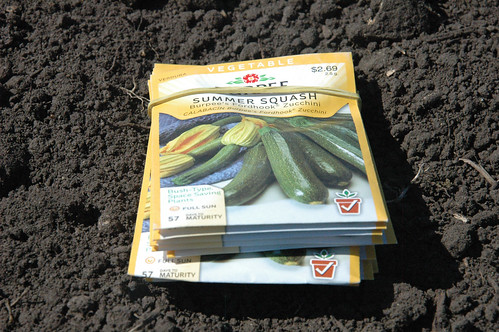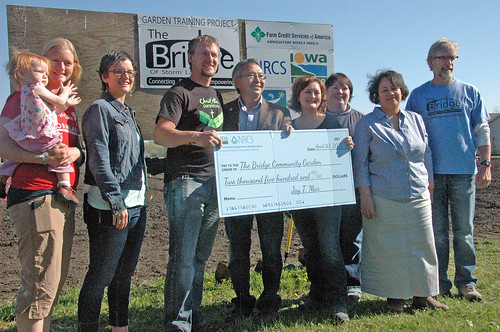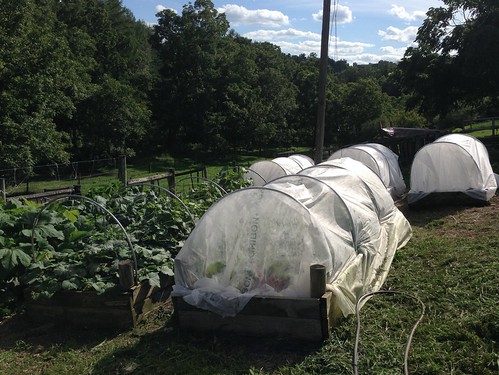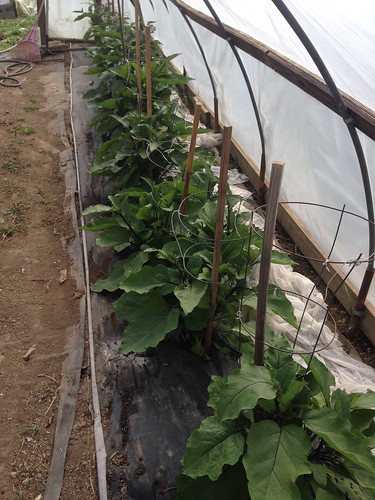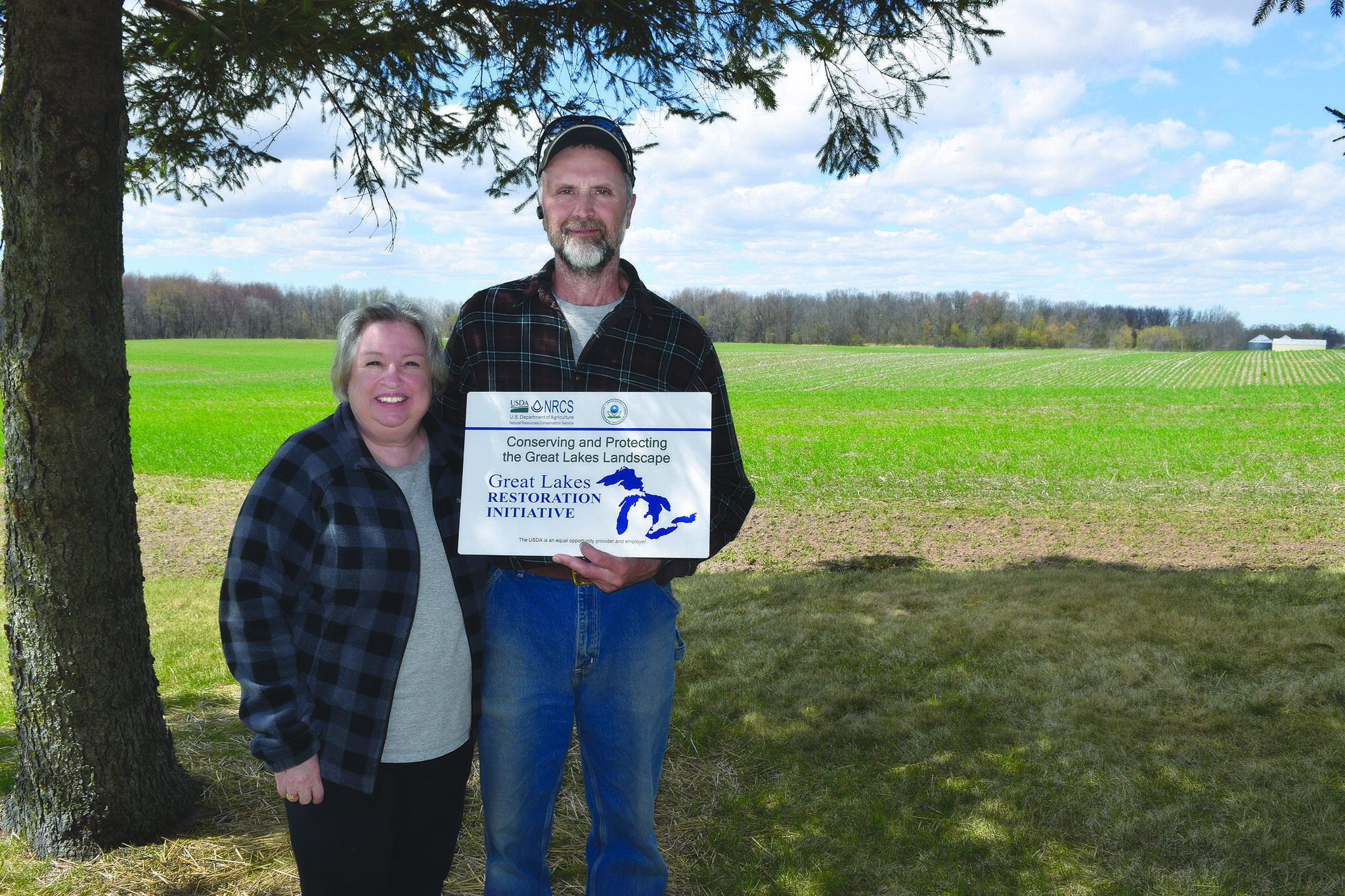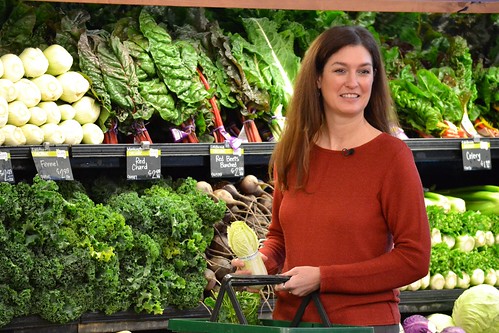
Oregon Department of Agriculture Director Katy Coba has a deep appreciation for the hard work Oregon’s farmers and ranchers do every day.
This week, USDA Deputy Secretary Harden begins her next generation of agriculture tour where she will visit with young leaders across the country to discuss the future of agriculture. Many groups, including women, veterans, minorities and socially disadvantaged farmers and ranchers, are shaping an agricultural future that is looking to be more diverse than ever before and we want to share their stories. Every day this week, we will be sharing a story from a woman in agriculture that represents the past, present and future of our industry.
Today, we feature Katy Coba, Director of the Oregon Department of Agriculture. Katy was raised on her family’s wheat ranch in Eastern Oregon. She has a deep appreciation for the land and the hard work Oregon’s farmers and ranchers do every day. Katy has a long career in state government and shares her perspective on the current and future landscape of American agriculture (and how not to be left behind on a trade mission).
How do you start your day?
I always start my day with a quick perusal of the news going on in Oregon, in the U.S. and around the world. I think it’s imperative to make sure I have at least a bit of knowledge about what is happening in the world that could impact my job. Oregon agriculture is local, domestic and international. There are so many factors that impact the success of the industry from weather, to currency, to the latest hot “thing” such as food carts, to trade negotiations, etc. Knowing what has the potential to impact the industry hopefully means we can be more prepared to respond. Then I pet my cat and have a latte with my husband!
What are some of the biggest challenges facing agriculture today?
The good news is that agriculture continues to be a very viable part of Oregon’s economy and the U.S. economy. With the projections in growth for the global population, agriculture will need to continue to use innovation and technology to meet world food needs. Agriculture will also need to continue to use its scarce resources wisely. This includes land and water. Oregon agriculture is extremely diverse. This is a strength and it can sometimes pose challenges. We continue to consistently stress the need for farmers of different shapes and sizes to work together as neighbors and co-exist with their different production practices. And finally, consumer’s interest in how their food is grown and handled has added a new complexity to how farmers and ranchers do their job. Agriculture will need to continue to be responsible to consumer’s passion around food and be able to demonstrate safe and compassionate practices.
What do you think is missing from the conversation when we don’t have women at the table and in leadership roles?
Women involved in agriculture certainly bring a perspective and a voice that is important to a well-rounded industry. I think about the key role my grandmother played in our family farming operation when I was growing up. She was certainly a role model for me. I find the more diversity in thinking about how to deal with the opportunities and challenges in the agriculture industry, the better the result of that thought process. Women certainly bring critical diversity.
What has been your most memorable experience as Oregon Director of Agriculture?
That’s a tough one. I have certainly had amazing experiences in my job, from being left behind on a trade mission (!) to being recognized for my contributions to Oregon agriculture. I will change the question a bit to what will be one of the best memories I will take from this job. That is the fact that I have been blessed to represent an industry that is my heritage. When I think about my ancestors and the hard work they have put into our own ranch, I feel humbled to be in the position I am in. When I think about my role models, my mom and dad, who raised me to be proud of my heritage and to be a contributor to society through public service, I know I am indeed a very lucky lady.
In seven words or less, what is some advice you would offer your fellow women in agriculture?
Be passionate about what you do.
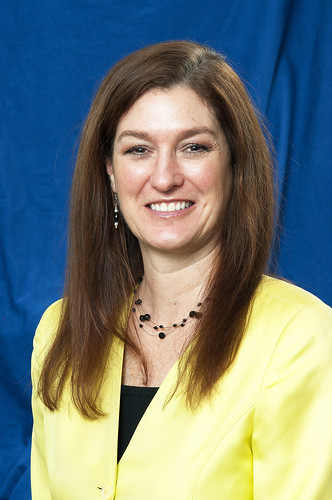
Katy Coba, Director of the Oregon Department of Agriculture, was raised on her family’s wheat ranch in Eastern Oregon.
